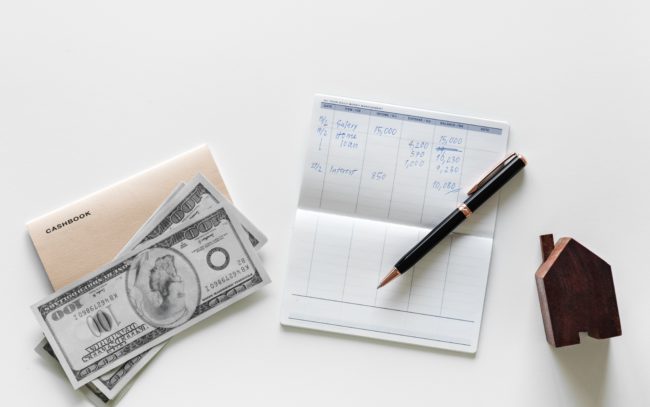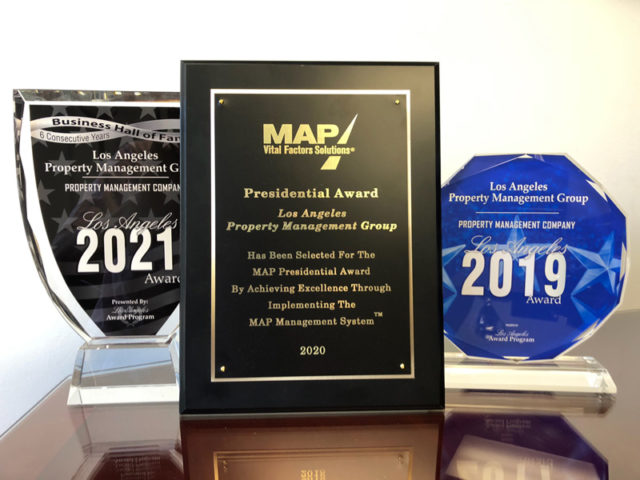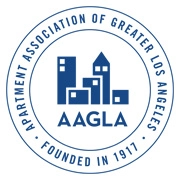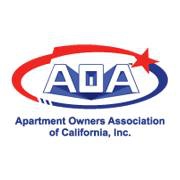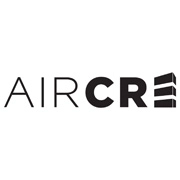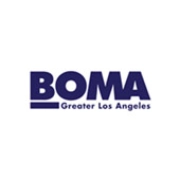You’ve decided it’s time to break the piggy bank and go shopping for a residential property. The one question that keeps coming back to you is whether the property in Burbank you’re looking at is worth the investment. It’s a smart question and you SHOULD pay heed to it. In the real estate world, we call it the capitalization rate of return on the investment, or more commonly the “cap rate”. If this sounds alien language to you, then let us explain.
Calculating the Cap Rate
In short, cap rate is calculated by taking the rate of annual net operating income on investment (NOI) and divide it by the price of the investment.
Nops, that didn’t come out that clearly did it, but we had to get the basic definition out there to you. Let’s try this one more time, step by step.
Think of cap rate this way. You’re investing in a rental property which has an estimated monthly rental income of $2000 (income). Factor in the professional fees, property taxes, repair expenses due to wear and tear, maintenance cost, and emergency repairs (expenses).
In case the proposed property remains vacant then the vacancy rate is considered to be an expense which vary around 5 percent. Don’t forget to include the utility bills expenses that you’ll be paying in case the property is vacant.
When you put all of this together, the sum of operating expenses is quite high so you need to minus that from rental income which gives you the net annual income. Divide that by the property price, you get the cap rate.
Once again, in numbers:
Annual rental income: $24,000
Less:
Maintenance $1,800
Utilities $200
Taxes $3,500
Vacancy cost $1,200
Net annual income: $17,300
Divide by asking price: 17,300 /$320,000 x 100 percent
Cap rate: 5.4%
What is a Good Cap Rate
There is no hard and fast rule to estimate a good cap rate because property investment is all about speculation. Sorry mate, you can’t really expect us to give you a definite answer there, did you? What we can tell you is that some things to consider when you’re looking at a property from the investment point of view:
Location, location, location – There is a reason why we’ve mentioned three “locations” there. Real estate is all about where the property is located in terms of geographical placement such as, near the sea, near famous landmarks or in the desert.
Then consider it’s proximity to market, transportation network, accessibility to food stuff, entertainment etc. And then another important aspect to check out is where on the street is the property located: boulevard, near park, nearby shops, good neighborhood etc. All these affect the pricing, and inevitably the cap rate.
Property Type – It’s obvious that commercial properties have a different cap rate as compared to residential one regardless of their location. Commercial properties carry more risks therefore they are priced higher than residential ones. Residential properties on the other hand incur more running costs as compared to commercial which is why their cap rate is also difficult to estimate.
Investment market – Not all born are equal, and so is the case of property investment market. Regardless of your location and property type, properties in New York or Los Angeles will have a different ongoing cap rate as opposed to a town in Alabama. Likewise, Downtown Los Angeles properties will have a different real estate pricing as compared to Beverly Hills. The best way is to find out what’s the cap rate for such urban and suburban areas is to go through classifieds or Craigslist for ongoing market pricing.
What’s Good for Me
It’s obvious that a “good” cap rate is relative to every individual’s requirements, the market, and the location of the property. You’ll have to use your personal judgement to estimate whether the cap rate is good for your investment or not. When in doubt, bring in the real estate experts to give you solid advice. Then make the decision to buy or drop.

